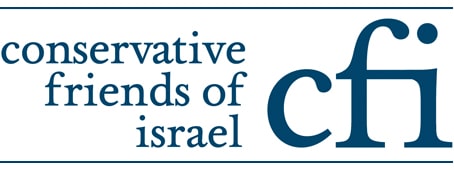 In the past week at least 22 people have been killed in Iran and hundreds arrested in anti-government protests and unrest – the biggest in the country for nearly a decade.
In the past week at least 22 people have been killed in Iran and hundreds arrested in anti-government protests and unrest – the biggest in the country for nearly a decade.
The protests have been fuelled by rising discontent with the regime and were sparked by economic grievances and corruption. Human rights groups say that more than 1,000 have been detained in a crackdown on the protesters.
Iranian authorities banned popular messaging and social media apps, restricted cellphone networks and slowed Internet speeds in an attempt to prevent demonstrations from being organised or publicised.
Iran’s Supreme Leader Ayatollah Ali Khamenei blamed the protests on foreign powers using “money, weapons, politics and (the) intelligence apparatus, to create problems for the Islamic system, the Islamic Republic and the Islamic Revolution”.
The protests are the largest anti-regime demonstrations in Iran since the 2009 Green Revolution, when Iranians held huge demonstrations to protest the results of national elections.
Analysts say that the crackdown by security forces have not been as brutal as in 2009, and that this time protests have been smaller but more widely dispersed across provincial cities and towns, with no single demographic, class, or group leading the demonstrations.
Chants of ‘Leave Gaza, leave Lebanon, my life (only) for Iran’, and ‘Death to Hezbollah’, have reported been heard in some of the demonstrations. Iran is a leading sponsor of state terrorism, providing financial assistance, weapons, ammunition and military training to Hezbollah, and has historically provided weapons, training, and funding to Hamas.
In a statement yesterday, US Ambassador to the UN Nikki Haley said: “Tomorrow the UN Security Council will discuss the troubling and dangerous situation in Iran. The world has witnessed the horrors that have taken place in Syria… that began with a murderous regime denying its people’s right to peacefully protest. We must not let that happen in Iran”.

